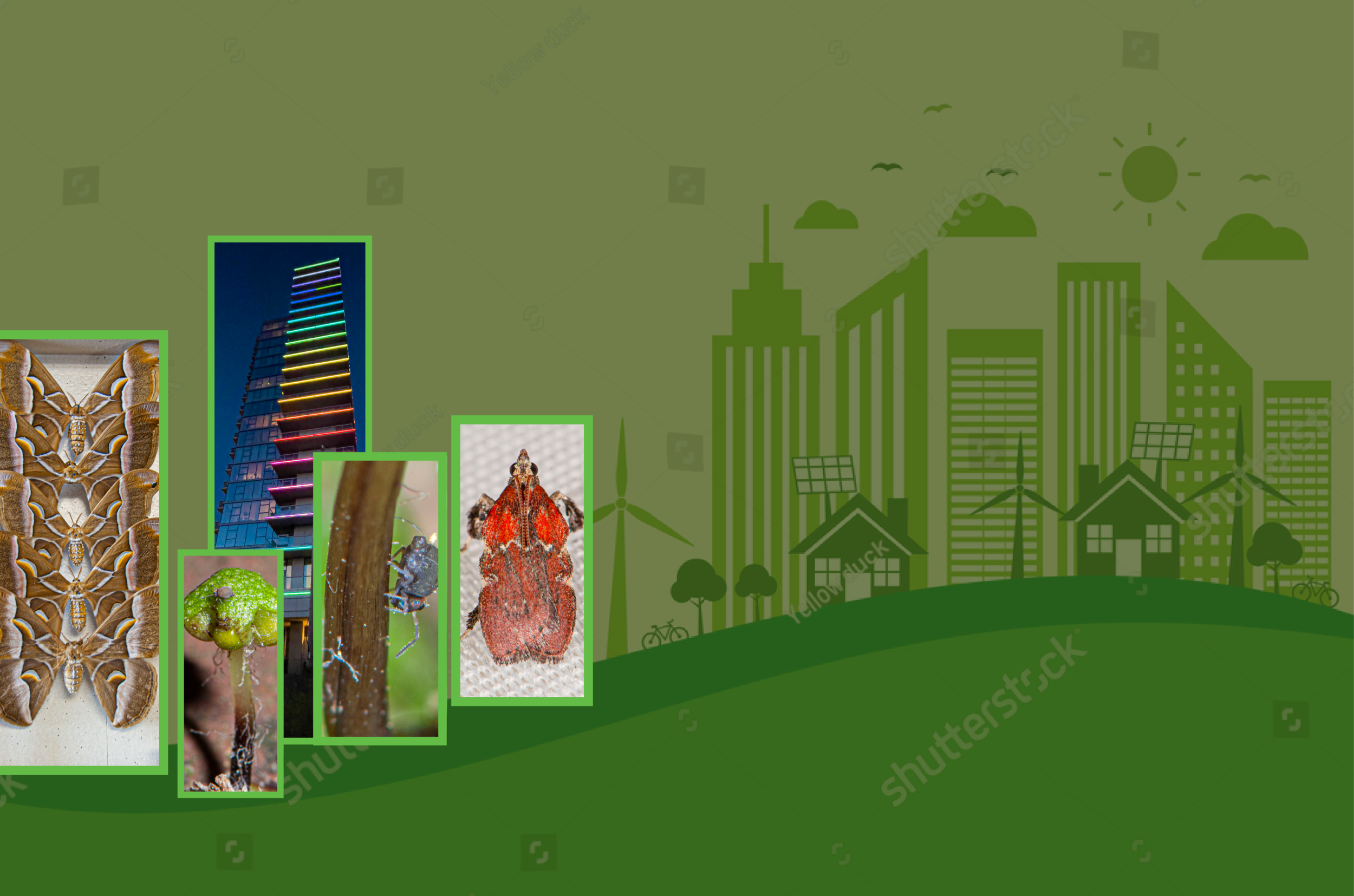
Meet and Mate.
A fascinating lens of how wild plants and animal adapt in a concrete cityscape.
A study of urban natural history.

Mating systems of wild flora and fauna in the city are diverse.
My study of natural history in the city considers how this diversity is adapted (or pre-adapted) to the city.
Background in Natural History.
During childhood I collected butterflies. As a teenager I attended a summer camp dedicated to study of wild plants and animals. These activities cultivated my interest in natural history.
In college my senior thesis advisor William F. Zimmerman introduced me to the study of circadian rhythms. Also, during college Lincoln P. Brower took me on as his research assistant studying mimicry in butterflies during two summers of field work at the William Beebe Tropical Research Station in Trinidad. Later, Robert L. Edwards, my father-in-law, mentored me in arachnology. David A. Hewitt, research associate at the Academy of Natural Sciences of Drexel University, encouraged me to delve into both botany and urban ecology. In the last decade, many others at the Academy have supported my exploration of natural history.
Friends, neighbors, and organizations helped me pursue natural history. These organizations include the American Entomological Society, Philadelphia Botanical Club, and the Delaware and Valley Ornithological Club. The staff at Bartram’s Garden encouraged my interest in the history of natural history in Philadelphia.
Vocational background.
I attended Amherst College and Harvard Medical School. I completed my residency in internal medicine at the Hospitals of the University of Michigan. After 35 years of practicing internal medicine in Philadelphia, I retired.

-

Male bagworm moths locate prospective mates by homing in on female sex pheromone.
-

Bridge spiders eat, meet and mate around artificial lights.
-

Gray garden slugs track down prospective mates by following their mucous trails.
-

Common chickweed mates by attracting insect pollinators, but if this fails, it self-pollinates.
-

Common dandelion in North America does not mate; it makes seed without fertilization.





